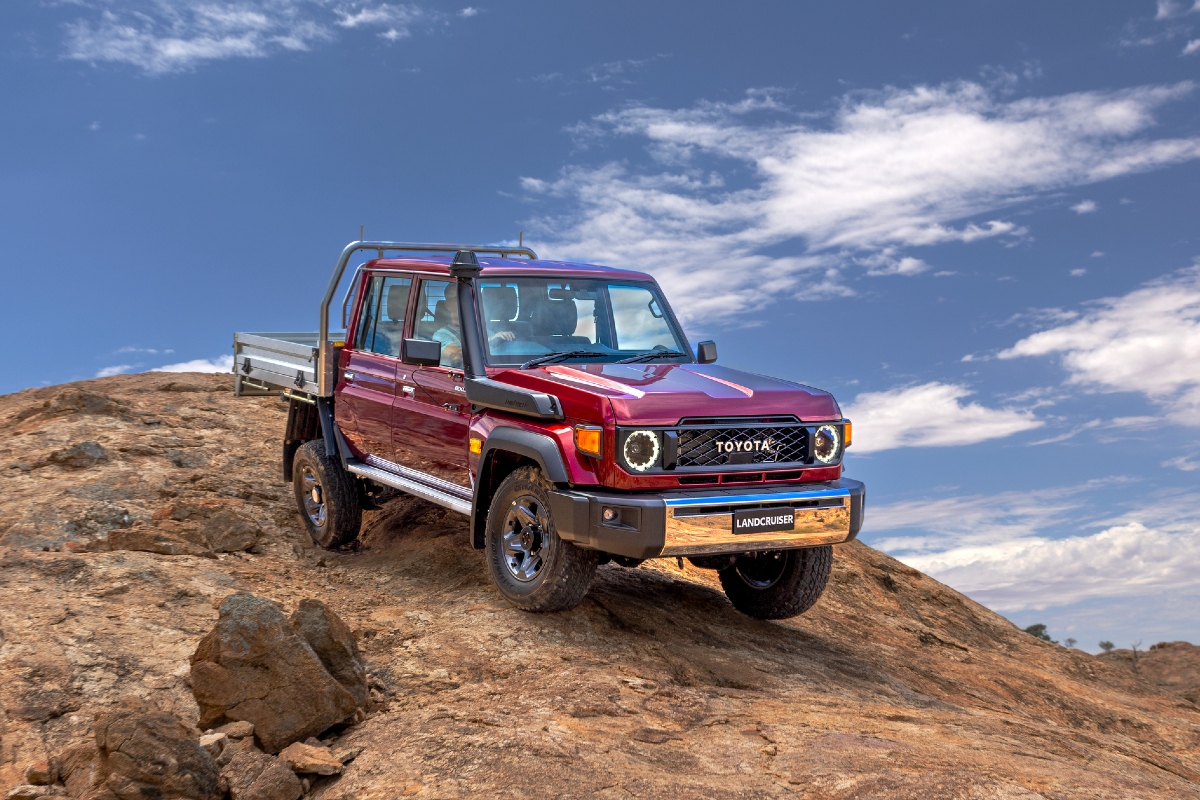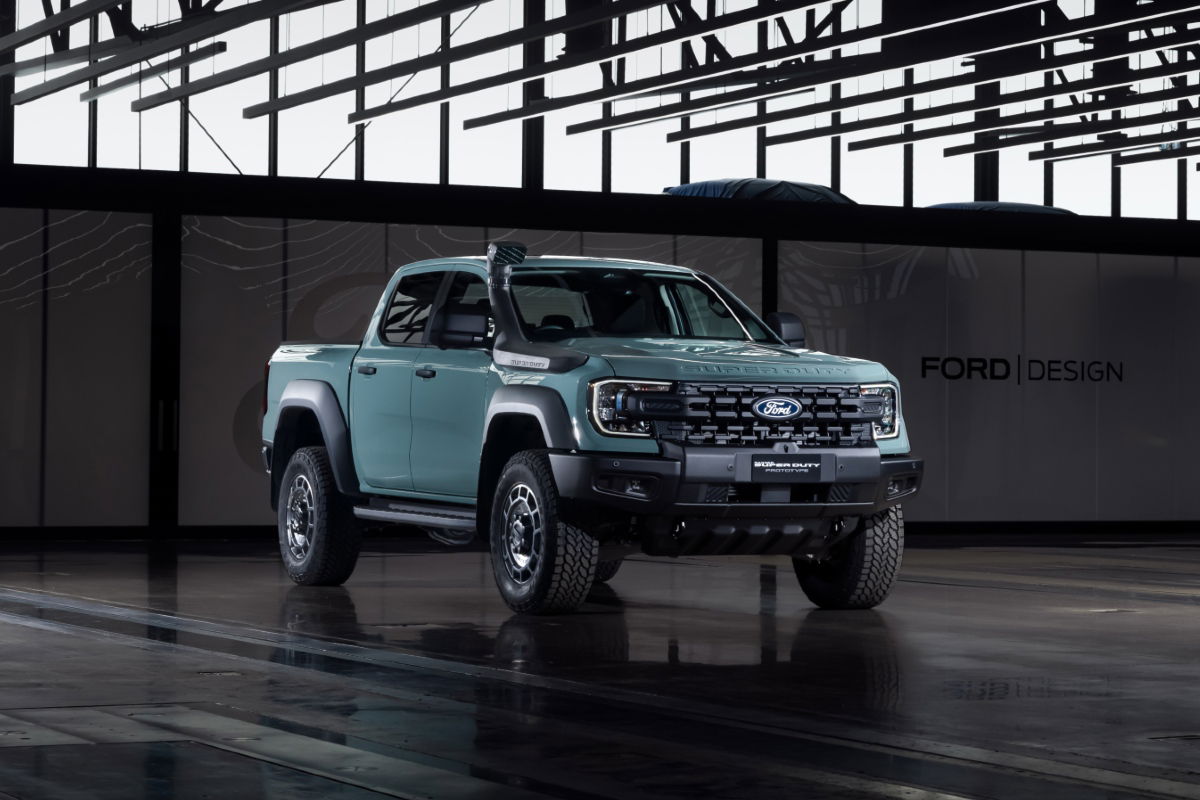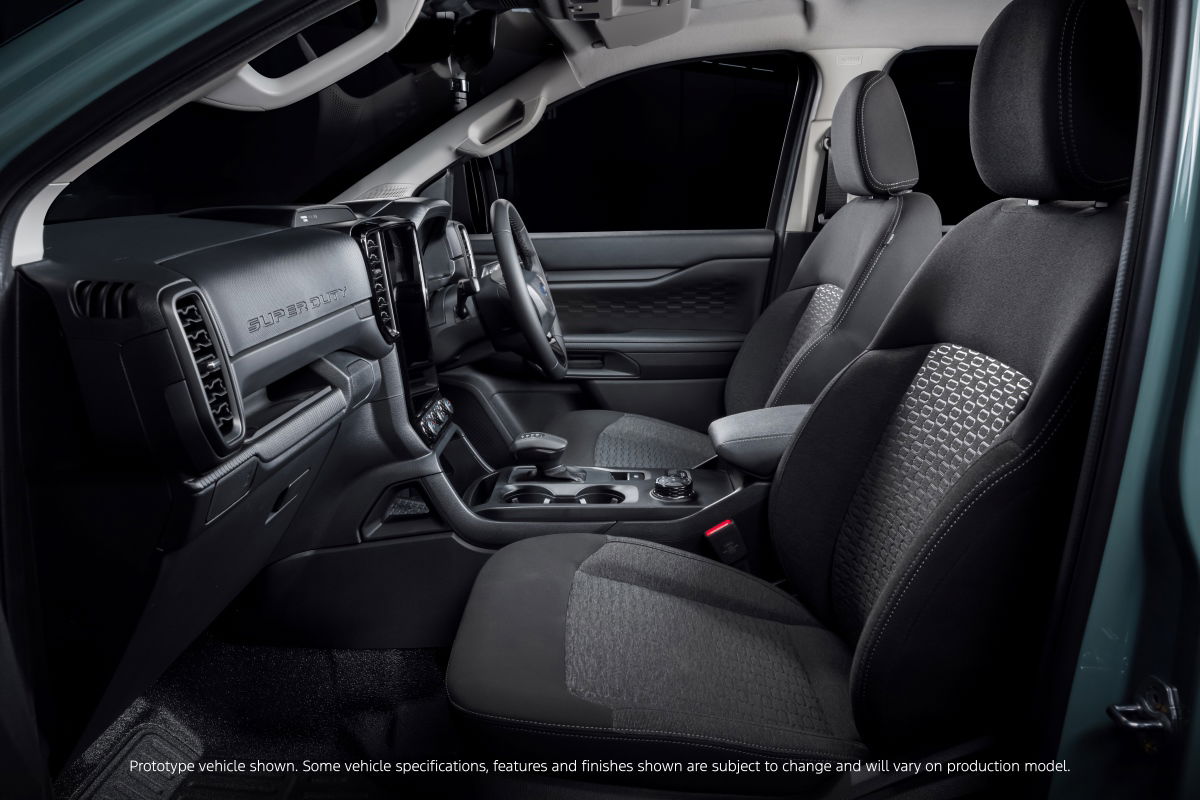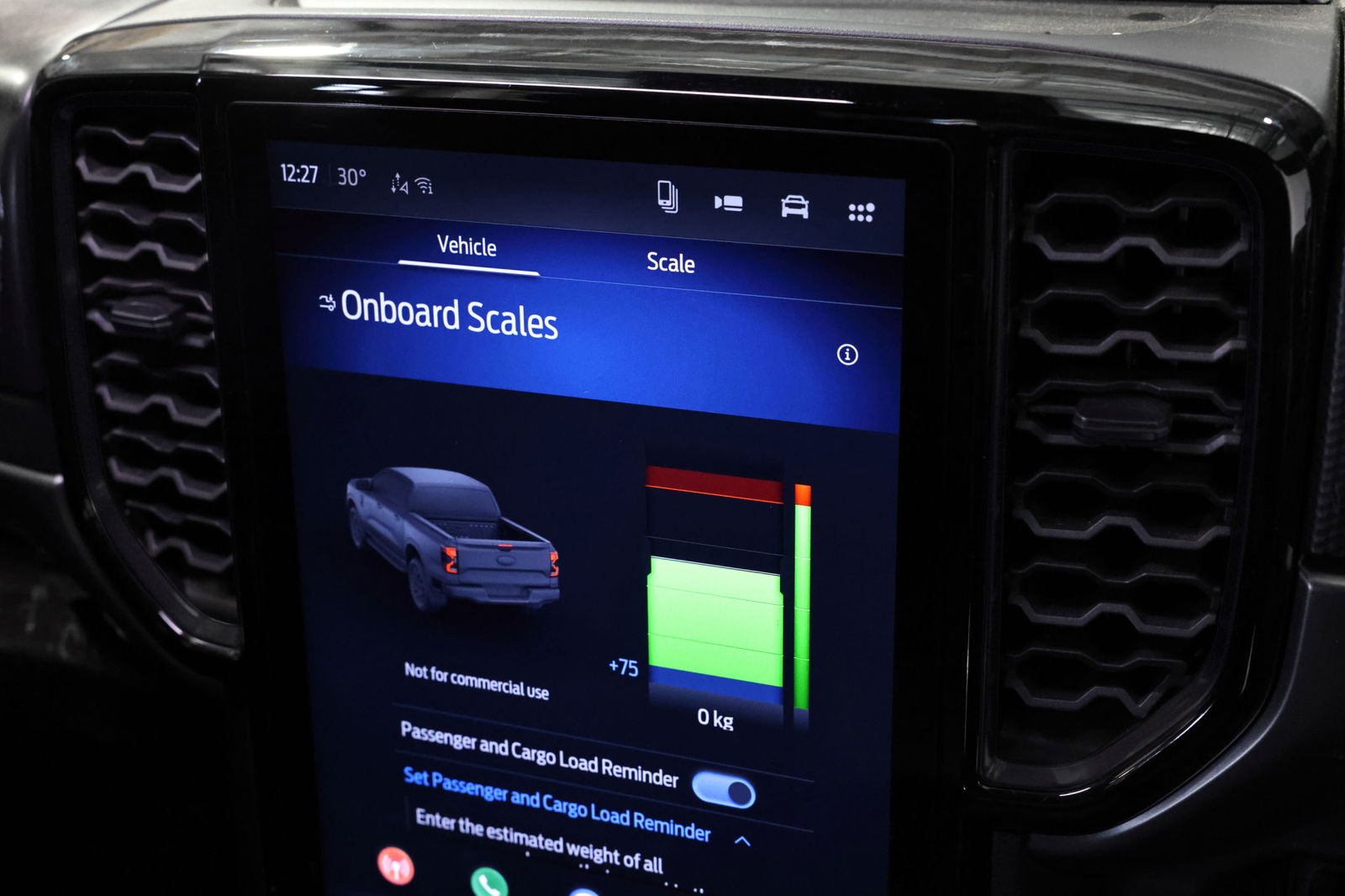
It happened to taxis with Uber, and Airbnb did it to hotels, but now it’s Toyota facing its own existential threat in face of a radical new rival.
For decades the LandCruiser 70 Series, specifically the 79 Series ute, has been a staple in the outback, on worksites and generally in the hardest jobs you need for a vehicle. But it has done so with almost no competition, with the rest of the dual-cab market, even Toyota’s own HiLux, seen as ‘not tough enough’ to get the work done that the LC79 can manage.
READ MORE: Ford Ranger Super Duty price revealed
Now, for arguably the first time since it launched, the 79 Series will have to fight off not one, but two direct competitors – the Ford Ranger Super Duty and the Ineos Grenadier Quartermaster.
While the Ineos looks the part and has the option of pick-up or cab-chassis body, it’s key stats fall short of the LandCruiser, specifically its sub-one-tonne payload. Still for many buyers who want a rugged and capable off-road ute but don’t want to wait for a 79 Series or want something more modern, then the Quartermaster will have appeal.
But it’s the Ranger SD which is shaping up as the vehicle that will cause concern amongst Toyota management and dealers. It gives customers, particularly fleet operators, a new choice after years of being locked into a LandCruiser.
As we’ve seen in the standard Ranger v HiLux sales battle, Ford can take on and beat Toyota in a straight fight – even one where Toyota has historically held the advantage.
And this isn’t really a straight fight between the two, because the 79 Series is a four-decade old design, whereas the Ranger SD is based on the T6 platform which dates back just 15 years since its initial creation. Even then, it has been subsequently updated and the creation of the Super Duty has led to some major mechanical changes.
Just looking at the on-paper stats the Ranger SD has some distinct advantages.
Under the bonnet the Ford’s 3.0-litre V6 turbo diesel boasts an extra 100Nm over the 79 Series’ 2.8-litre four-cylinder turbo diesel.
The Ranger SD has a higher towing capacity (4500kg v 3500kg), higher Gross Combined Mass (8000kg v 6800kg), greater Gross Vehicle Mass (4500kg v 3510kg) and even more wading depth (850mm v 700mm) despite a slightly lower ground clearance (299mm v 330mm).
Ford also has the advantage on payload, with the Ranger SD dual-cab capable of taking 1825kg against the 79 Series’ maximum of 1325kg and 1982kg for the single-cab against the Toyota’s best of 1380kg.
And, in a move that deals directly connected to the 79 Series’ biggest folible, the Ranger SD has not only a wider track (1710mm v 1555mm) but it’s consistent front to rear, unlike the Toyota which is uneven, which often requires owners to modify their new vehicle.
On top of this is the safety question, which is technically difficult to answer since Toyota had the 79 Series reclassified as a ‘light truck’ and is now subsequently out of the gaze of the crash testing authority at ANCAP.
However, using logic and a rudimentary understanding of vehicle design, the core crash structure of the 79 Series is now more than 41 years old, so despite the upgrades Toyota did in 2022 and ‘24, it fundamentally cannot be as safe as a more modern design. Not unless Toyota perfected its crash structure knowledge in the early 1980s and has never changed, but that seems unlikely.

The Super Duty, on the other hand, starts with the five-star ANCAP rated Ranger as its centrepiece and so brings with it decades of more knowledge in crash structure and active safety to integrate into the car.
While neither are likely to be crash tested by ANCAP, fleet operators will likely find themselves looking at the safety aspects of each model before it makes its decision.
It’s also just a fundamentally more modern vehicle. For example, while not officially confirmed by Ford, images of the Ranger SD suggest the entire range will come with power windows, which isn’t something the 79 Series can claim – with the WorkMate still sold with wind-up handles, despite its $76k asking price.
Which brings us to the Toyota’s biggest advantage – price. Ford revealed Ranger SD pricing last week and it will begin at $82,990 (plus on-road costs) for its single cab, cab-chassis variant, which is almost $6200 more expensive than 79 Series WorkMate.
Moving up the line-up, the Ranger SD jumps to $86,490 for the Super cab-chassis, while the range-topping dual cab-chassis is priced from $89,990. By contrast, the LandCruiser 79 Series dual-cab WorkMate starts at $77,300 and stretches to $81,500 for the GXL.
Will pricing be enough to keep Toyota on top? Or are we set for a new boss of the most rugged and hard-working utes? It’s hard to predict, because it’s impossible to write-off a vehicle that has last so long, but the LandCruiser 79 Series will need to muster all its strength to fight off this tough new challenger.




















Diskusi tentang posting ini